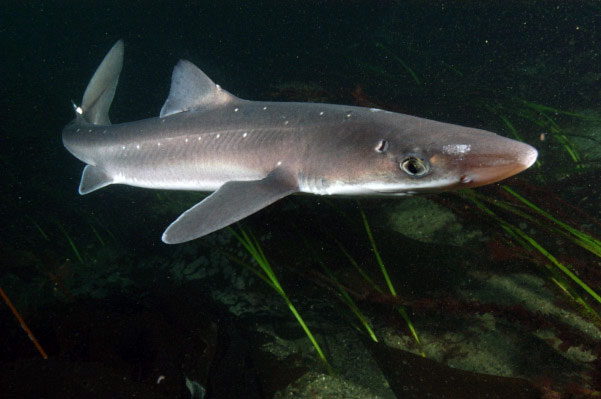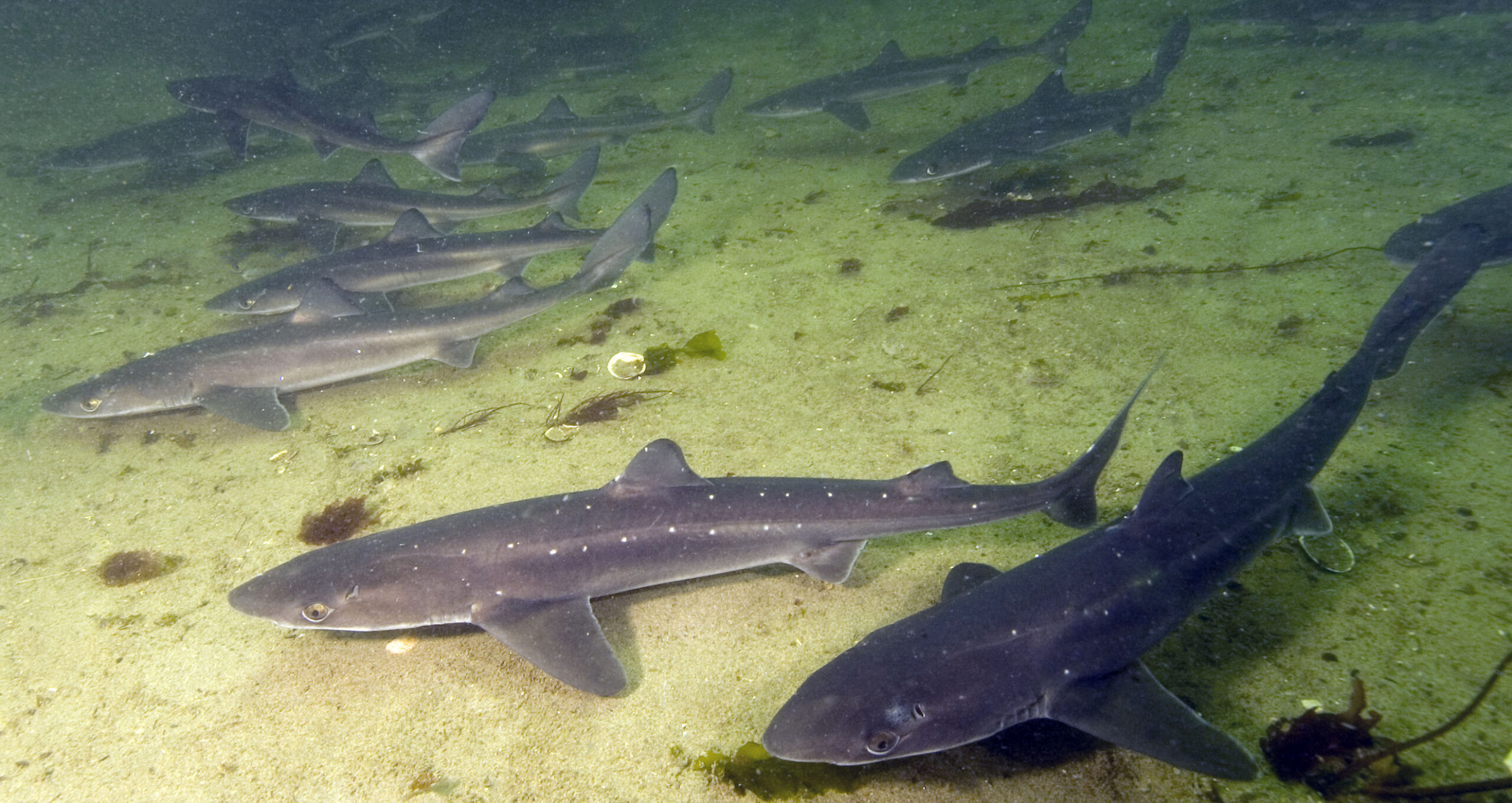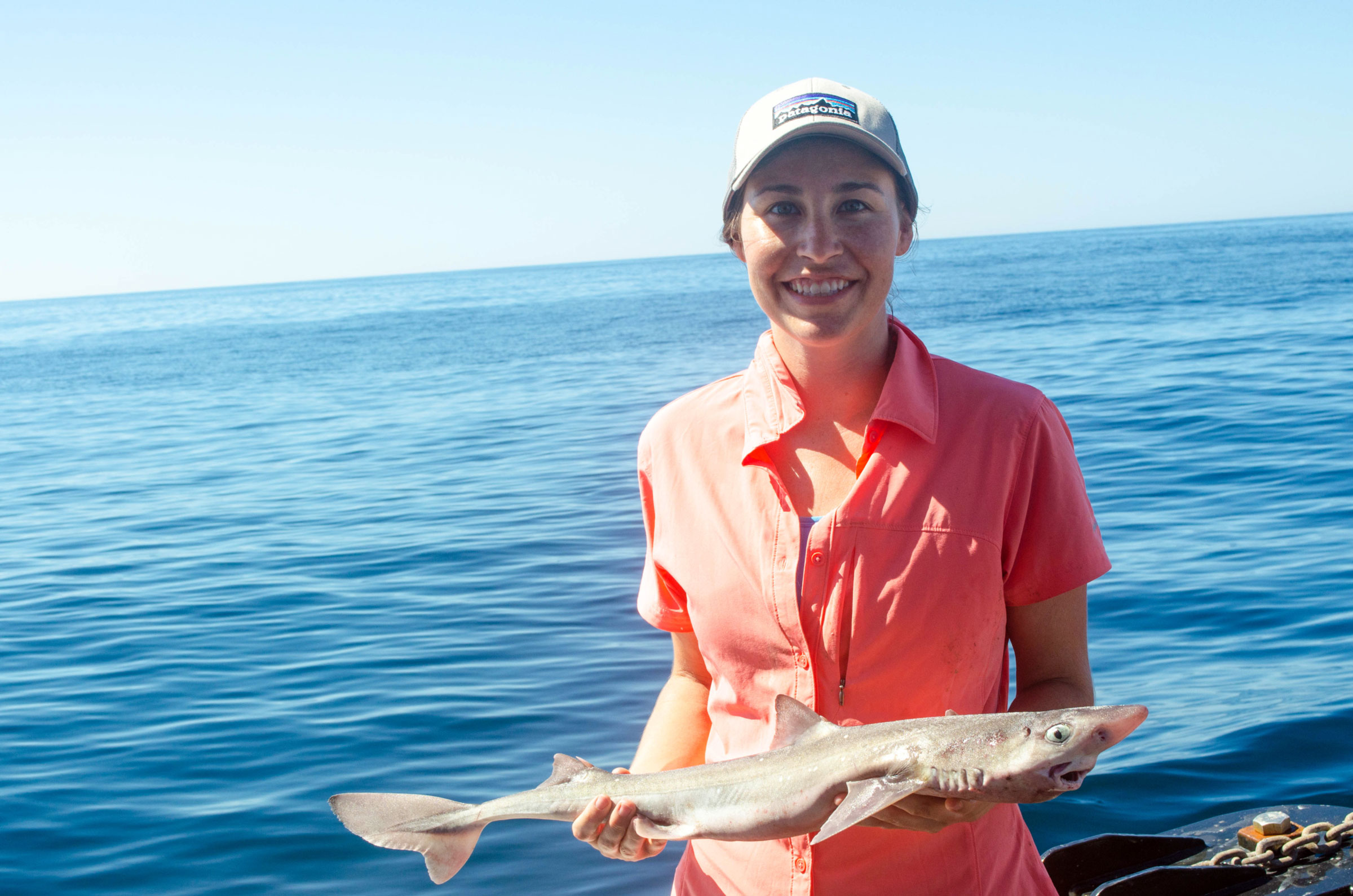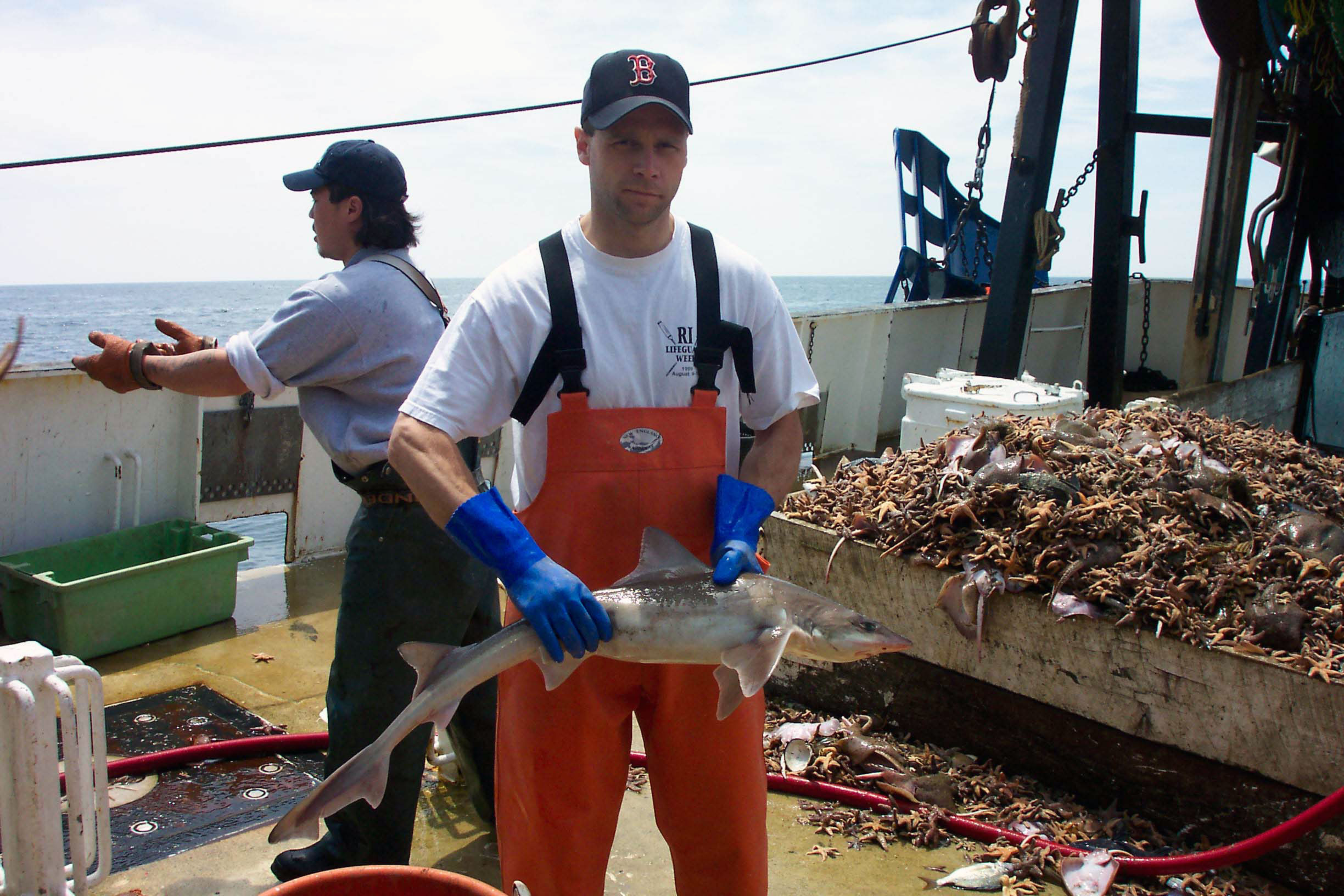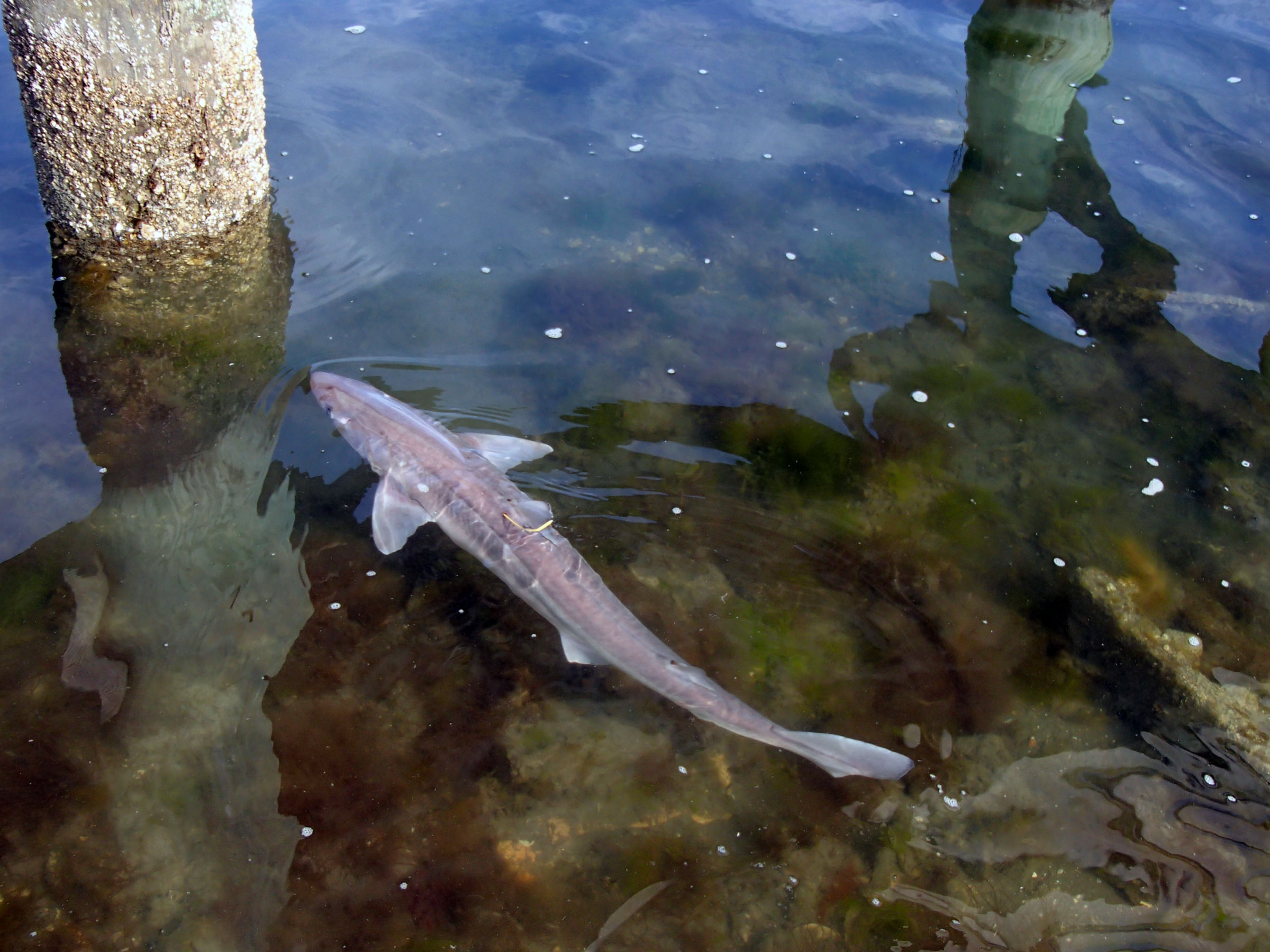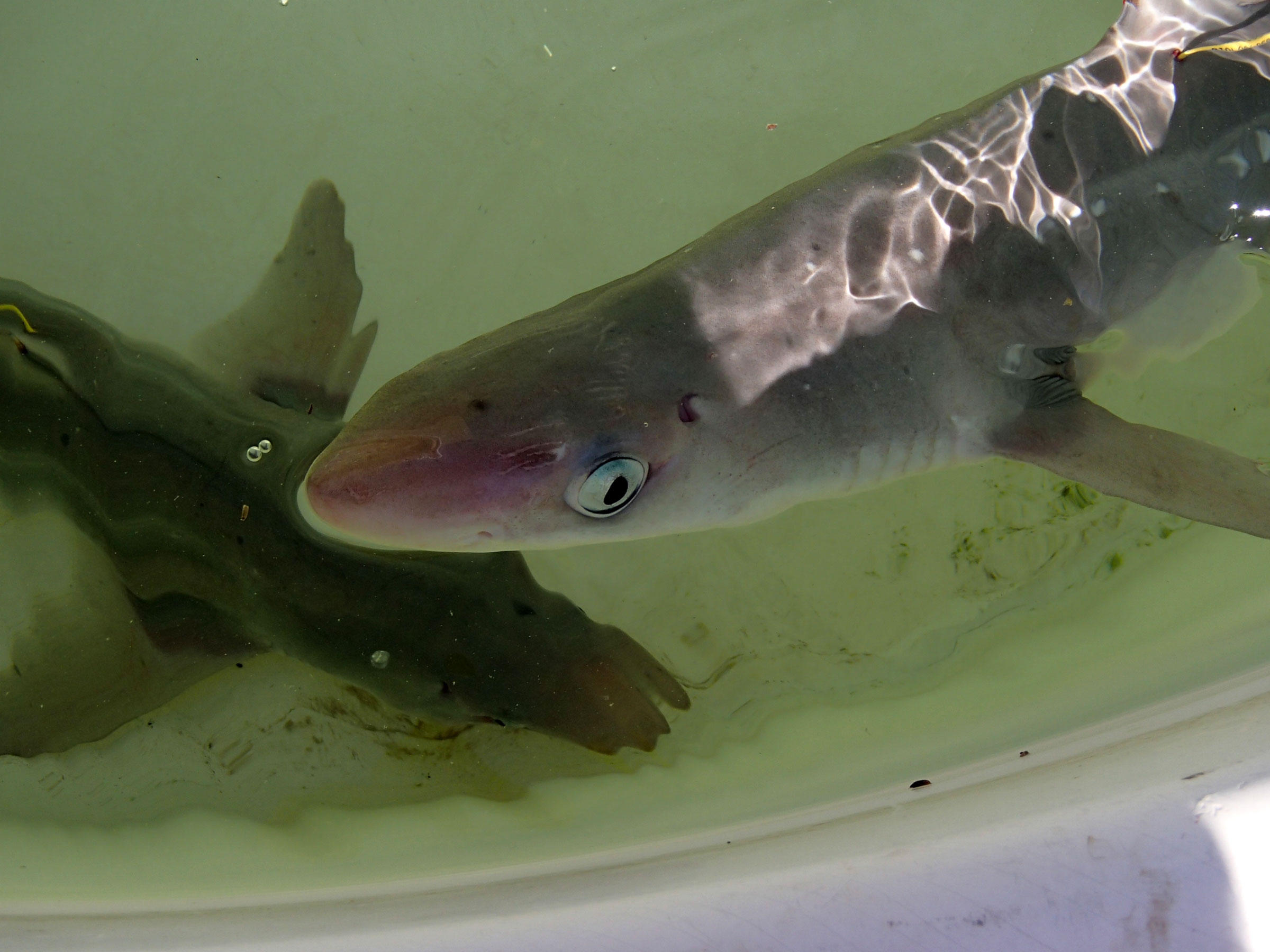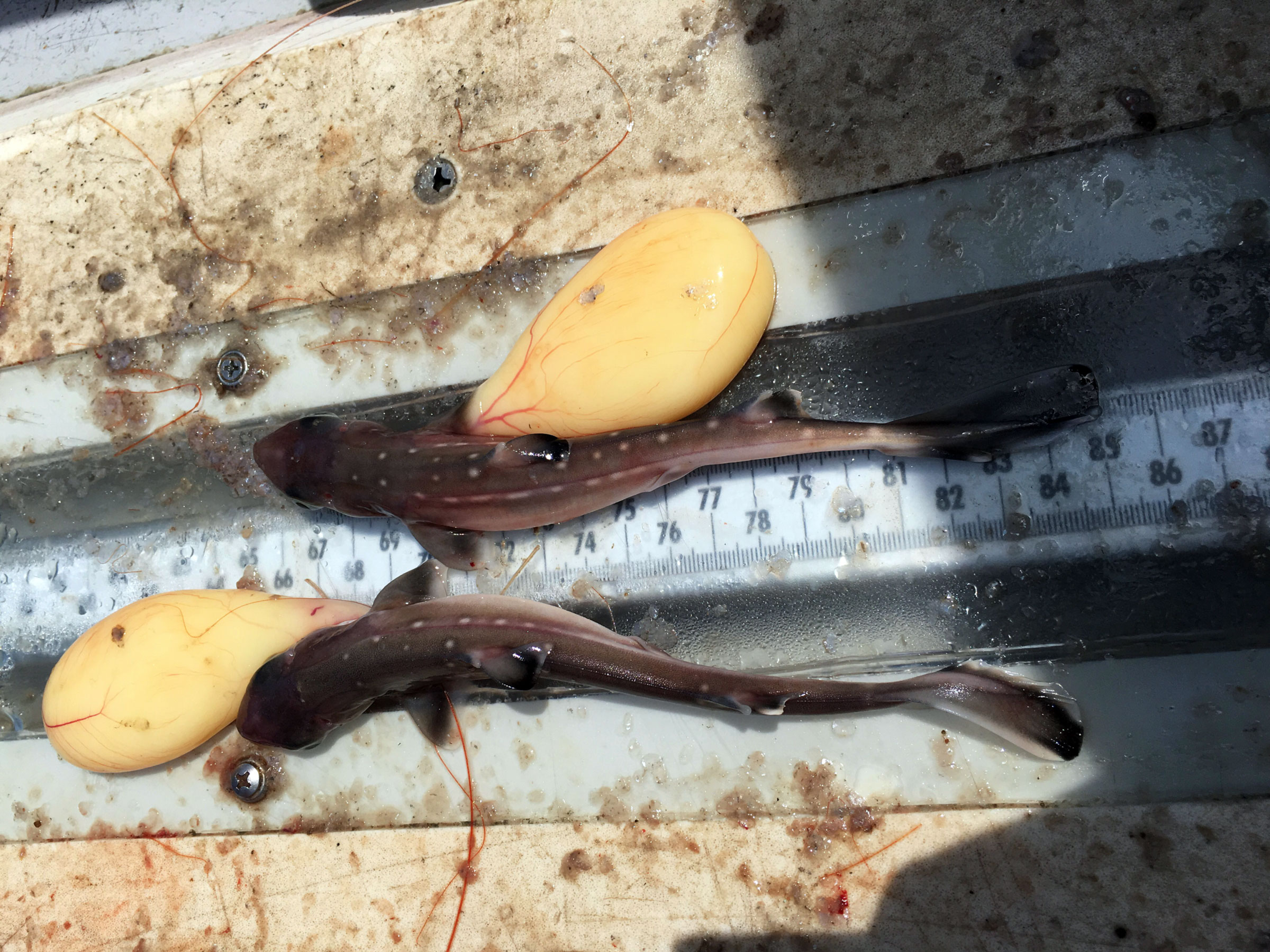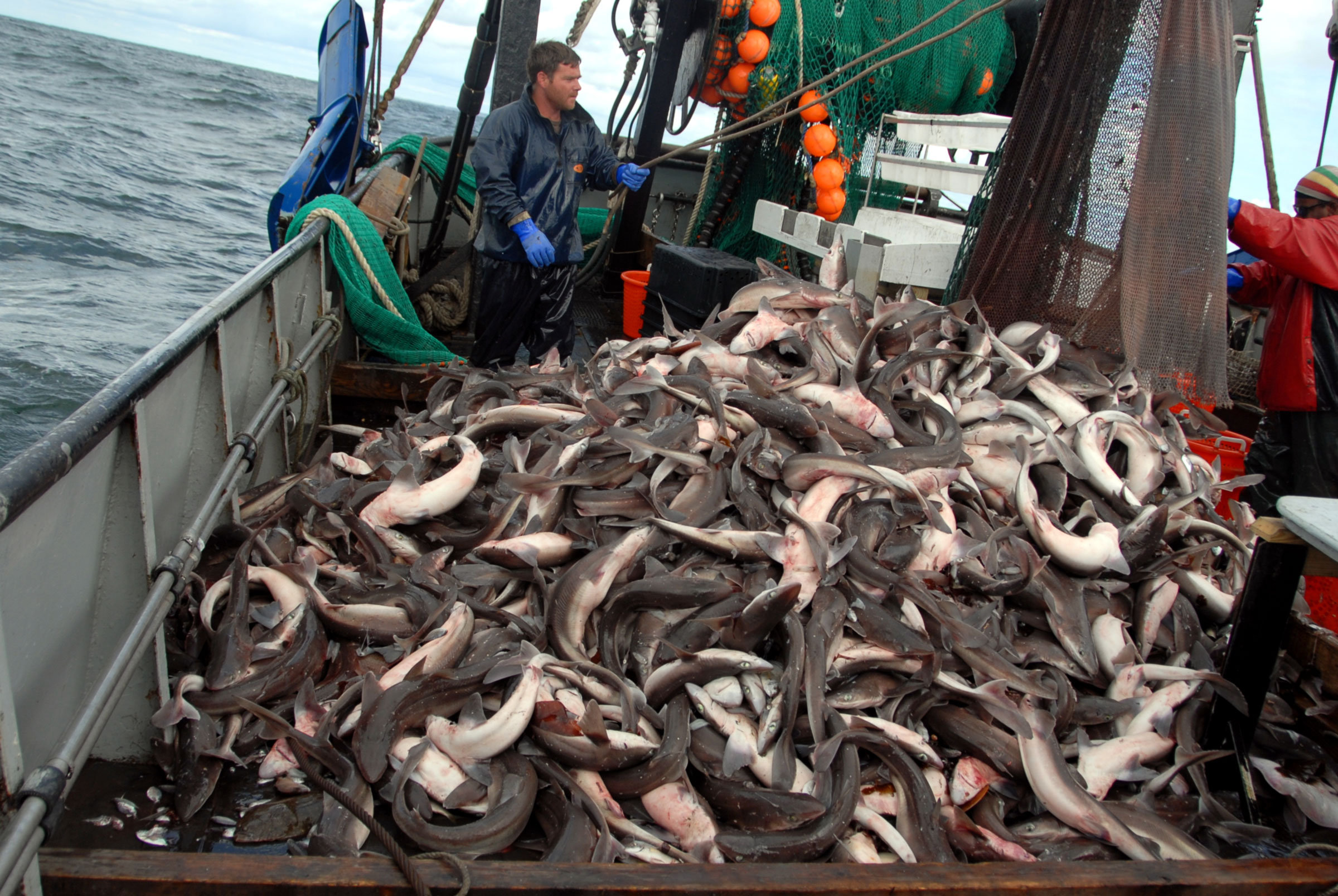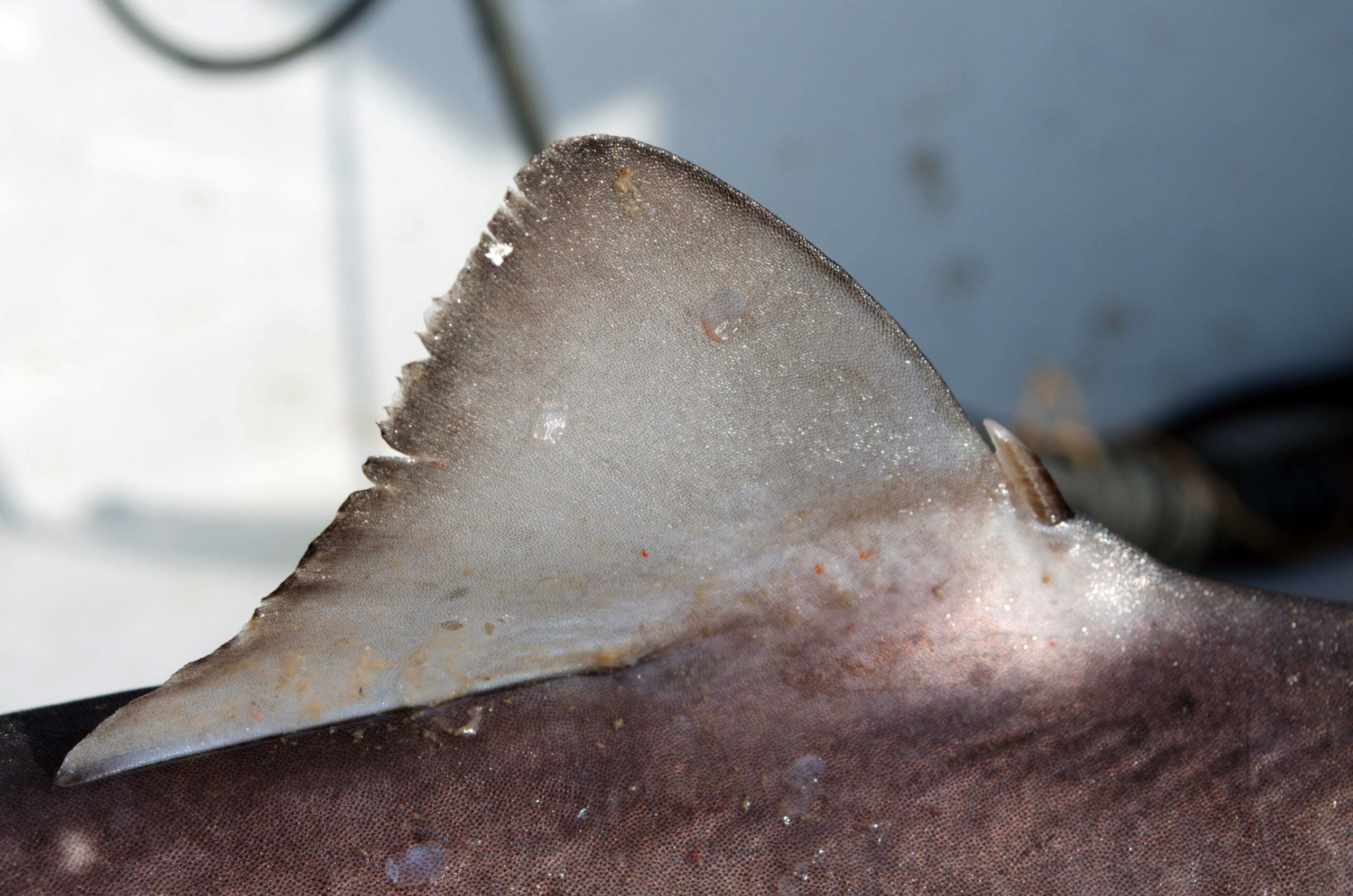Spiny Dogfish
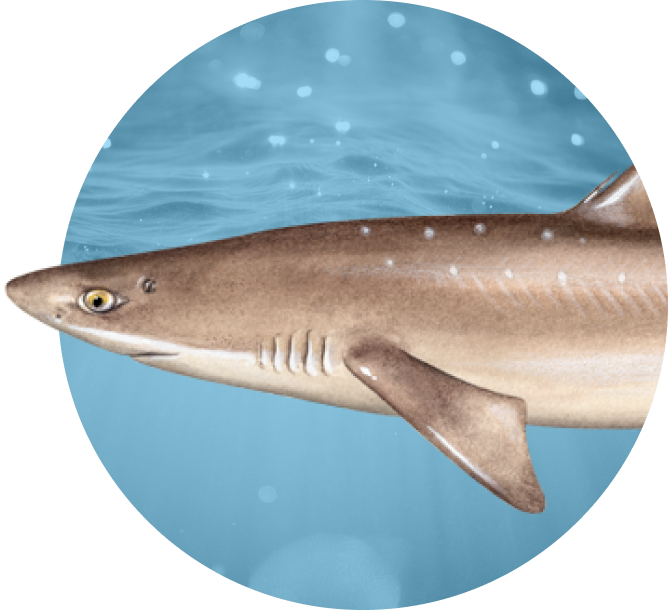
Latest News and Resources
-
2026 Winter Meeting Preliminary Agenda
-
Spiny Dogfish Plan Review Team Meeting Agenda — December 2025
-
Ecological Reference Point Work Group Meeting Summary — June 25, 2025
-
Ecological Reference Point Work Group Meeting Summary — June 17, 2025
-
Ecological Reference Point Work Group Meeting Summary — July 2025
-
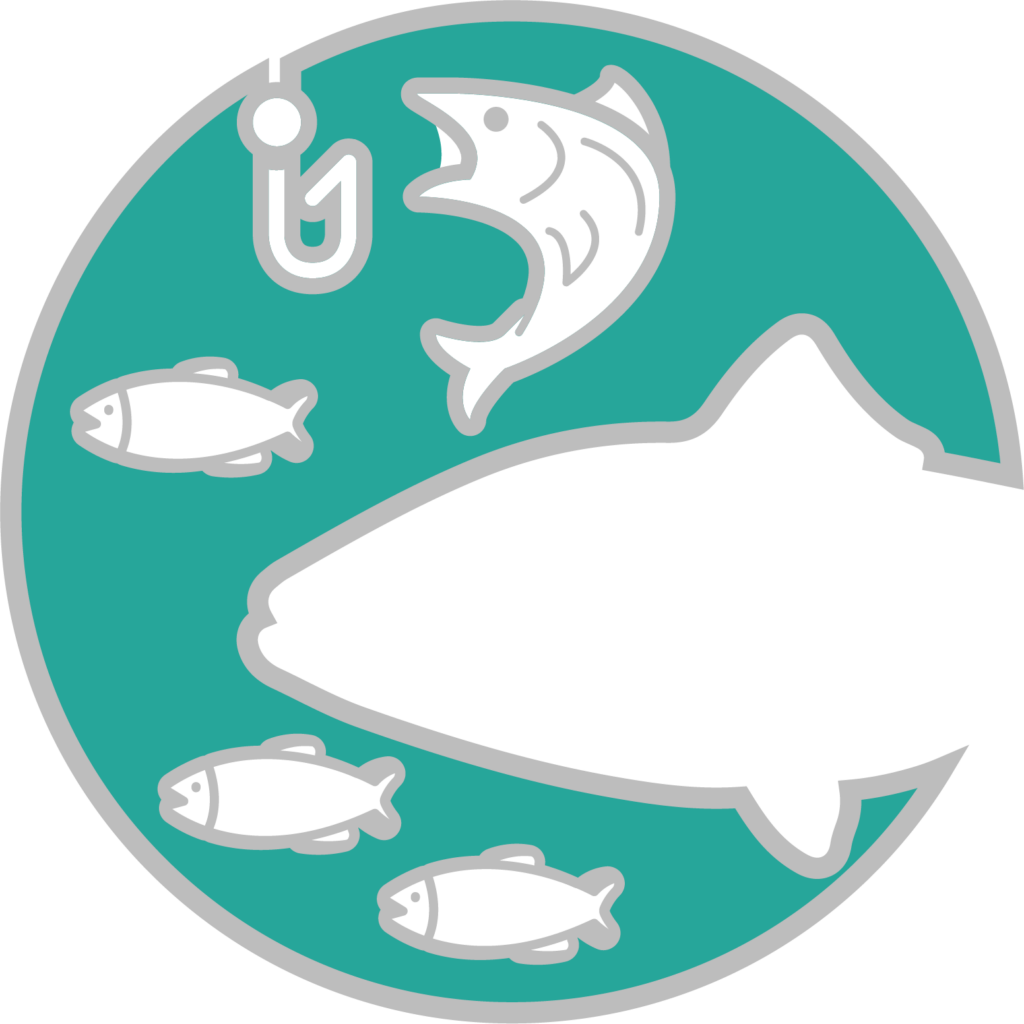
Population Abundance
Not overfished

Fishing Mortality
Overfishing not occurring
Current Status
Stock status based on 2023 management track assessment. Despite a decline in stock productivity, spawning stock biomass estimated to be 101% of the target, and fishing mortality to be 89% of the threshold.
Meeting Calendar
Next Meeting
No events found
-
Recent Management Actions
Action
Status
Contacts
- James Boyle, FMP Coordinator (JBoyle@asmfc.org)
- Management Board, Joseph Cimino, Chair
- Technical Committee, Scott Newlin, Chair
- Advisory Panel
Species Information
Spiny dogfish are small sharks found in the North Atlantic, from Canada down to Florida. These agile swimmers migrate north during the warmer months and head south as the waters cool. In the past, spiny dogfish were heavily overfished, but strict regulations and quotas introduced in the late 1990s have helped their populations recover. Today, they are not considered overfished, thanks to effective management efforts. Commercial fisheries mainly target female dogfish for their larger size, supporting sustainable harvests. Ongoing conservation measures continue to ensure that spiny dogfish remain a healthy and important part of Atlantic marine life.
Management
In 1998, NMFS declared spiny dogfish overfished and initiated the development of a joint fishery management plan (FMP) between MAFMC and the New England Fishery Management Council (NEFMC) in 1999. The Commission approved an Interstate FMP to complement the federal plan in 2003. Both the Commission and federal plans use a fishing mortality rate to set annual quotas and trip limits. The Commission’s FMP has an additional five addenda (Addenda I – V).
The spiny dogfish fishery, which operates from May 1 through April 30, is managed though an annual commercial quota, which is further allocated by state shares. Maine through Connecticut receive 58% of the quota and are limited by a maximum possession limit of 6,000 pounds per day. The southern state shares are allocated as follows: New York (2.7%); New Jersey (7.6%); Delaware (0.9%); Maryland (5.9%); Virginia (10.8%); and North Carolina (14.0%). Any overages from the previous fishing seasons are paid back by the region or state in the following season.
In February 2025, the Board approved Addendum VII to the FMP, which implements measures to maintain consistency with the federal FMP in response to Spiny Dogfish Framework Adjustment 6.
The Mid-Atlantic and New England Fishery Management Councils developed Spiny Dogfish Framework Adjustment 6 in response to a 2021 Biological Opinion and 2022 Action Plan that called for reducing bycatch of Atlantic sturgeon in spiny dogfish gillnet fisheries. The coastwide Atlantic sturgeon population is made up of five distinct population segments, all of which are listed as threatened or endangered under the Endangered Species Act, and Atlantic sturgeon harvest has been under a coastwide moratorium in federal and state waters since 1998. The Commission’s Fishery Management Plan for Atlantic sturgeon maintains the moratorium through at least 2038, and while the 2024 stock assessment update showed signs of improvement, the stock remains depleted coastwide.
The Addendum prohibits overnight soaks for state spiny dogfish permit holders on gillnets with mesh equal to or greater than 5.25” and less than 10” from November through March in specified areas off of Maryland and Virginia. The Addendum’s measures are effective May 1, 2025.
In January 2024, based on the results of the 2023 management track assessment, the Board approved the following coastwide commercial quotas for the 2024-2026 fishing years: 10,699,021 pounds for 2024/2025; 10,972,394 pounds for 2025/2026, and 11,223,720 pounds for 2026/2027. These quotas were consistent with the measures recommended to NOAA Fisheries by the Mid-Atlantic Fishery Management Council pending approval of identical federal quotas from the NOAA Fisheries Greater Atlantic Regional Fisheries Administrator. Additionally, the Board maintained a 7,500-pound trip limit for the northern region.
However, in response to revised projections by the Science and Statistical Committee (SSC), the MAFMC and NEFMC approved a new recommended quota to NOAA Fisheries for the 2025/2026 fishing year of 9,338,770 pounds, and the Board approved an equivalent commercial quota for the 2025/2026 fishing year in February 2025.

Stock Status
The 2023 Management Track Stock Assessment indicates that spiny dogfish are not overfished and overfishing is not occurring. The spawning stock biomass estimate of 191 million pups is slightly above the SSB threshold of 188 million pounds, while the fishing mortality estimate (0.02) is just below the fishing mortality threshold (0.0246). However, the assessment also found a lower productivity of the stock, requiring reduced quotas to prevent overfishing in the future.
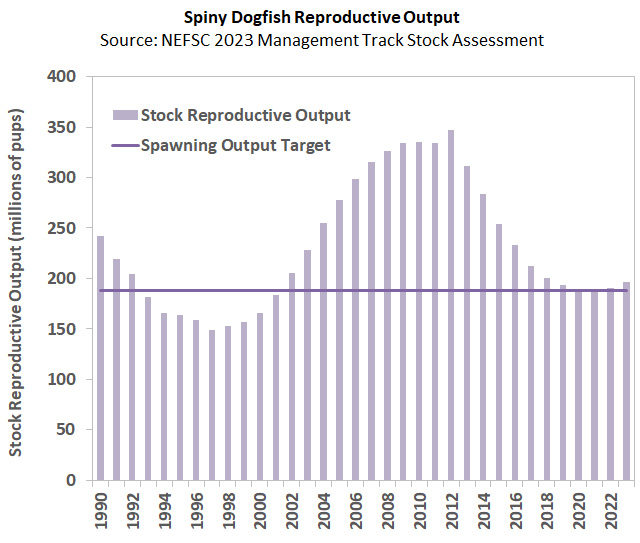
Commercial & Recreational Fisheries
Prior to the Fishery Conservation and Management Act of 1976 (now known as the Magnuson-Stevens Reauthorization Act), foreign fleets caught the majority of dogfish in U.S. waters but U.S. fishermen have had uncontested access ever since the Act’s passage.
The National Marine Fisheries Service (NMFS) encouraged commercial fishermen to target the bountiful stocks of spiny dogfish in the 1980s and 1990s when stocks of other commercially valuable fish in the Northeast declined. Then in 1998, NMFS determined that spiny dogfish were overfished and implemented stringent harvest restrictions in federal waters to allow the stock to rebound. The states followed shortly after with complementary regulations for state waters. Today, commercial fishermen catch spiny dogfish using longlines, trawls, and purse seines. Fishermen target female dogfish because the females grow larger than males and tend to school together. Processors prefer the larger dogfish because they are easier to hold and cut. The commercial fishery supplies the European food fish markets that use dogfish “belly flaps” for fish and chips in England and as a popular beer garden snack called shillerlocken in Germany.
There is also a small scientific fishery in Maine, which uses spiny dogfish to study several of the species’ unique biological characteristics. Dogfish have an organ called a rectal gland whose study helps scientists better understand the function of human kidneys. They also secrete a molecule called squalamine, which has strong antibiotic characteristics and shows promise as an anticancer agent.
Landings were approximately 37.2 million pounds in 1992, gradually increasing to a peak of about 60 million pounds in 1996. In the late 1990s, landings declined to an average of around 40 million. After federal and state regulations were implemented in the early 2000s, landings declined to less than five million pounds in 2001 and 2002. They then ranged between two and eight million pounds between 2003 and 2009. As the stock began to improve, landings were increased to 21 million pounds in 2011. Commercial landings continue to be mostly female dogfish, with female landings comprising about 98% of the total commercial catch.
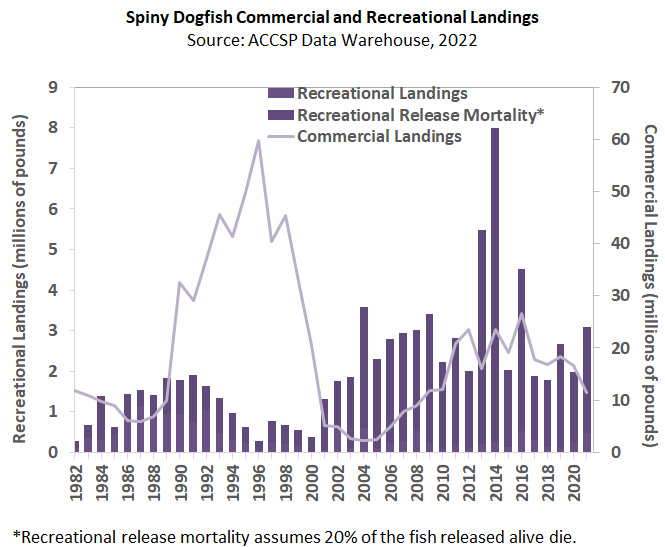
In the 2022/2023 fishing year, commercial landings were estimated at 12.6 million pounds, while recreational harvest was estimated at 211,608 pounds. Discards have remained fairly stable, around 11 million pounds over the past decade and are expected to remain near that level in the future. Canadian and foreign landings have also decreased significantly in recent years. It is anticipated the Canadian dogfish harvest will not increase in the near future given the lack of demand for the product and the subsequent closure of Canadian spiny dogfish processors.
Life History
Spiny dogfish (Squalus acanthias) are a small shark species that inhabit both sides of the North Atlantic and North Pacific Oceans, mostly in the temperate and subarctic areas. In the Northwest Atlantic, the stock ranges from Labrador to Florida, and is most abundant from Nova Scotia to Cape Hatteras. Spiny dogfish migrate north in the spring and summer and south in the fall and winter. In the winter and spring, they congregate primarily in Mid-Atlantic waters but also extend onto the shelf break of southern Georges Bank. In the summer, they are located farther north in Canadian waters and move inshore into bays and estuaries. By autumn, dogfish have migrated north with high concentrations in Southern New England, on Georges Bank, and in the Gulf of Maine. They remain in northern waters throughout autumn until water temperatures begin to cool and then return to the Mid-Atlantic.
Juvenile spiny dogfish school by size until sexually mature and then aggregate by both size and sex. Female dogfish reach sexual maturity at 12 years (~29.5 inches), while males reach sexual maturity at six years (~23.6 inches). Mating occurs in the winter months and the pups are delivered on the offshore wintering grounds. Females give birth every two years with litters ranging from two to 15 pups. While carrying one litter, the female will begin developing eggs for the fertilization of her next litter. After an 18 to 24 month gestation period, pups are released live and fully formed at about 14 inches.
News & Resources
Explore recent news, management updates, and scientific reports to gain a deeper understanding of ongoing conservation efforts and sustainability strategies.
-
The Atlantic States Marine Fisheries Commission’s Winter Meeting will be February 4 – 5, 2025 at The Westin Crystal City.
-
-
-
-
-
-
Prepared for the Commissioner Manual
-
Spiny Dogfish Addendum VII & Technical Addendum I – Commercial Management: Atlantic Sturgeon Bycatch
This addendum establishes equivalent overnight soak restrictions to those enacted in Spiny Dogfish Framework Adjustment 6 for harvesters that possess state spiny dogfish permits but do not possess a federal spiny dogfish permit.
-
-
-
The Atlantic States Marine Fisheries Commission’s Winter Meeting will be May 5 – 8, 2025 at The Westin Crystal City.
-
Consider Technical Addendum I to Spiny Dogfish Addendum VII for Final Approval
-
The Spiny Dogfish Management Board of the Atlantic States Marine Fisheries Commission convened in the Jefferson Ballroom of the Westin Crystal City Hotel, Arlington, Virginia, via hybrid meeting, in-person and webinar; Tuesday, February 4, 2025, and was called to order at 11:25 a.m. by Chair Pat Geer.
-
-
Get Hooked on ASMFC News
Dive into the latest updates and catch all the important news by joining our newsletter mailing list. Stay in the loop with meeting agendas, fisheries management news, and more.
